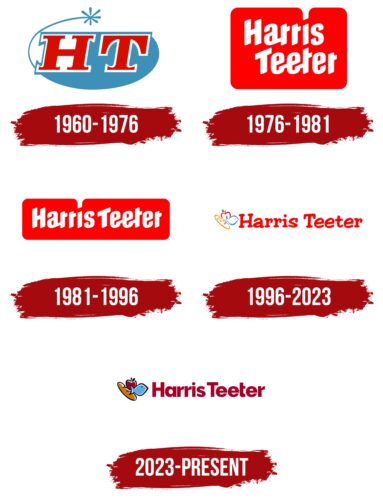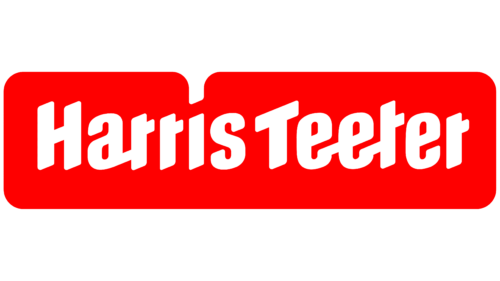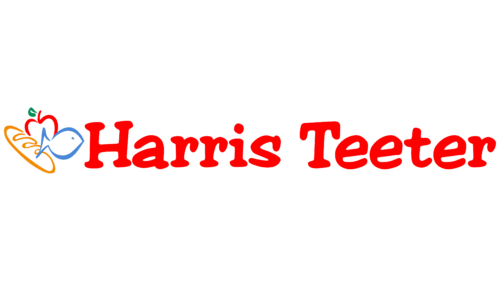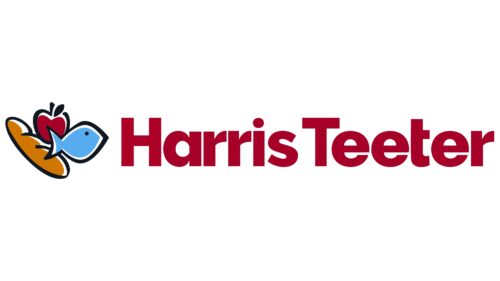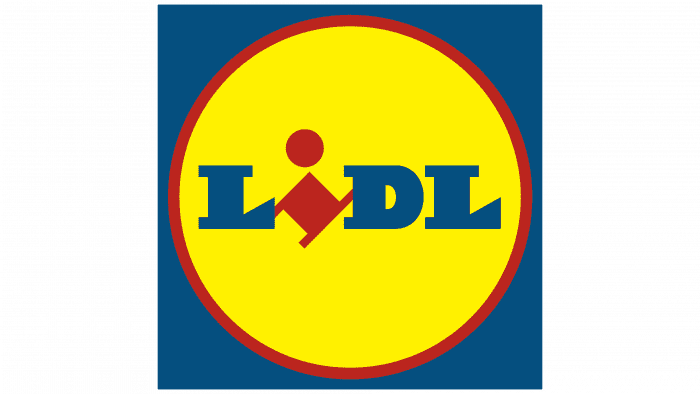The Harris Teeter logo invites customers to purchase fresh, high-quality products. The emblem emphasizes the brand’s respectability and premium level of service. With a rich history of market leadership, Harris Teeter offers its shoppers a complete range of products, ensuring they have everything needed for a full grocery basket.
Harris Teeter: Brand overview
Teeter’s Food Mart, the first grocery store founded by William Thomas Harris and Willis L. Teeter in Charlotte, North Carolina, opened its doors in 1936, marking the beginning of Harris Teeter’s history. This tiny shop was the prototype for the larger supermarket chain that would eventually grow out of it.
William Harris founded Harris Super Market, a retail establishment in Charlotte, in 1939. The locals soon came to love the stores for their high-quality merchandise and first-rate customer service. When Harris and Teeter decided to pool their resources in 1950, Harris Teeter Supermarkets, Inc. was born. Due to this merger, they were able to grow their company and build new stores in the area. The new business gained recognition for its creative approach to supermarket retail.
The enterprise saw substantial expansion during the 1960s. It started to grow aggressively, adding new locations in other North Carolina communities. Ruddick Corporation purchased the company in 1969, giving it more funding for expansion.
The chain kept growing outside of North Carolina in the 1970s. By the time it had locations in Virginia and South Carolina, it had evolved into a regional grocery chain. Around this time, the company started introducing new technology, such as electronic cash register systems, into its stores.
The 1980s saw continued expansion and innovation. One of the first grocery stores to introduce barcode scanning at checkout, the brand greatly expedited the shopping experience. Additionally, the business began creating its private-label goods, giving clients access to a greater range of options at affordable costs.
The retailer kept growing its market share in the 1990s. The corporation expanded into the marketplaces of Florida and Georgia and fortified its positions in the states that were already well-established. Additionally, the company improved shop design, implemented staff training programs, and increased its focus on providing high-quality customer service throughout this time.
Large investments were made in network expansion and modernization during the 2000s. The company opened several larger, new locations by offering a wider selection of goods and services. Additionally, the business started to expand its online offerings, including the ability to place online grocery orders.
A significant development in the company’s history occurred in 2013 when Kroger Co. paid $2.5 billion to acquire the chain. Through this transaction, the retailer maintained its brand and operational independence while having access to the resources of one of the biggest retail chains in the country.
Following Kroger’s acquisition, the business kept growing its network of stores and raising the standard of its services. The company invested in opening new, more contemporary sites and renovating its current stores.
The brand introduced its VIC (Very Important Customer) loyalty program in 2015, providing customers exclusive deals and tailored pricing. This initiative has become a crucial instrument for attracting and keeping clients.
The business started aggressively growing its grocery delivery services in 2017, enlarging the delivery zone and enhancing the online ordering system.
In 2018, the company introduced its range of organic items in response to the increasing demand from consumers for a healthier diet.
To improve the shopping experience, the retailer continued modernizing its locations in 2019 by introducing new technology, including self-checkout and mobile payments.
In 2020, the business dramatically increased the scope of its online ordering and grocery delivery offerings in response to fresh challenges. The company enhanced its digital platform for user-friendliness and expanded the number of stores providing ExpressLane Online Shopping.
In 2021, the chain continued investing in modernizing its stores. The company redesigned several of its current sites and built new ones with better floor plans and a wider selection of products, carefully considering the fresh produce and prepared foods departments.
Additionally, in 2021, the business improved its VIC loyalty program by including new features and customer-specific offers. These included digital coupons and more precise suggestions based on past purchases.
In 2022, the enterprise initiated multiple experimental initiatives to integrate artificial intelligence technologies for enhancing inventory control and demand prediction. As a result, the business was able to cut waste and increase product availability.
Additionally, the company added new categories to its private-label product line, such as a larger assortment of frozen foods and ready-to-eat meals.
In 2023, the retailer concentrated on enhancing its supply chain. The corporation invested in new distribution hubs and technologies to improve the effectiveness of product delivery to stores.
In 2023, the corporation started testing a new small-store concept in urban areas to cater to short purchases and ready-to-eat meals. This action increased the company’s visibility in densely populated areas and met the demands of urban inhabitants.
The business kept up its philosophy of actively participating in the community, growing its relationships with regional suppliers, and assisting various charitable causes in its business areas.
The retailer has remained true to its principles throughout the years, focusing on high-quality goods and customer support while adjusting to the demands of a shifting market and technological advancements.
Meaning and History
What is Harris Teeter?
It is an American grocery company based primarily in the Southeast and Mid-Atlantic regions of the country. It is known for providing an elegant shopping experience and offers a wide selection of premium groceries, fresh produce, meats, seafood, and prepared delicacies. Stores often feature full-service departments, including bakeries, delis, pharmacies, and floral departments. The company emphasizes local, fresh goods, impeccable displays, and a commitment to providing excellent customer service. In addition, the brand offers a range of services, such as fuel centers at select locations, online shopping with home delivery or in-store pickup options, and a rewards program for loyal customers.
1960 – 1976
The first Harris Teeter emblem was designed as an incomplete oval, two-thirds of which were colored blue. The upper white portion was partially framed by a thin line that ended in a seven-petal figure. This figure symbolized:
- A Salute: A representation of the celebratory union of two independent businesses into a single network, signifying the ability to offer customers a significantly larger selection of products.
- A Flower: One of the founders owned a pharmacy chain, and the flower symbolized herbs and medicinal mixtures that were now included in the store’s offerings.
At the center of the emblem were large red letters “H” and “T,” each representing the first initials of the founders’ last names: Harris and Teeter. On the white part of the oval, the letters were outlined in blue, blending with the background in the lower section, creating a sense of unity and merging. This design technique emphasized combining two businesses into a powerful partnership.
The bold red letters symbolized the significance and long history of each enterprise. Before the merger, Harris and Teeter stores were family businesses, with the founders’ relatives working in them, ensuring clear values and high service levels.
The addition of the salute reference and the use of bold red letters made the emblem festive and celebratory, highlighting the importance of this merger and its positive impact on the brand.
1976 – 1981
The emblem transformed into a shape resembling a red folder or a closed box, with a bright background that immediately catches the eye. This rich red shade symbolizes advanced technology and top-tier service. The name “Harris Teeter” is written in two levels with an italicized font slanted to the left, giving the logo a sense of dynamism and setting it apart from competitors.
The logo’s elements pointed to the company’s progressive approach and leadership in innovation. Harris Teeter became the first supermarket to allow customers to select and pack their groceries. They were also the first to extend store hours until 9 p.m. for customer convenience and install air conditioning in their stores.
Red emphasizes the company’s leadership, while white symbolizes innovation and commitment to high standards. The slant of the letters represents forward momentum, highlighting that Harris Teeter is focused on customer comfort and always ready to meet their needs.
1981 – 1996
The logo has retained the theme of previous versions but with some changes that emphasize the brand’s evolution and its pursuit of simplicity and recognizability. The founders’ last names, Harris and Teeter, are now aligned in a single row, significantly altering the visual perception of the emblem. This decision made the logo more horizontal, simplifying its placement on store facades and allowing for more elongated signage instead of nearly square displays.
The red background of the emblem remains, symbolizing energy, determination, and passion, which aligns perfectly with the brand’s mission to provide its customers with quality products and services. The white font on the red background creates a contrast that makes the brand name easily readable and memorable. The font is slightly italicized with soft, rounded lines, giving it a dynamic and modern look.
The emblem’s shape, with rounded corners and a small notch at the top, adds uniqueness and helps it stand out among competitors. This simple yet effective design choice highlights the brand’s friendliness and accessibility, which have always been key aspects of its image.
1996 – 2023
The red background, which previously appeared too aggressive, was removed, and the red letters of the brand name were given a new, softer font. A signature mark appeared in the upper left corner, highlighting the brand’s primary focus. These changes were made following the retirement of the last representative of the founding family.
The letters of the name became smoother, as if carefully written on a sheet of paper, making the brand feel more approachable and understandable for customers. The handwritten style symbolizes the supermarket’s accessibility and friendliness. The red color retained the idea of leadership, which was especially relevant in the 1990s when the chain was actively expanding across the U.S.
In the left corner of the logo, simple lines form images of key products: bread, an apple, and a fish, representing the main product categories—fruits and vegetables, groceries, and meat. Each element is colored, intended to convey the essence of the products. However, the designers made a mistake: the overall image resembles a butterfly, making it difficult to understand what is depicted on the emblem immediately.
2023 – today
In 2023, the brand underwent a rebranding, resulting in significant changes to the logo. The main update uses a new font, which has become more professional and uniform. This step highlights the company’s professionalism and its commitment to meeting the industry’s high standards. The maroon color of the letters symbolizes stability, reliability, and the accumulated experience the brand can proudly boast over its many years of existence.
The symbol representing the main product categories — bread, fish, and an apple — was also redesigned. These product images feature a black outline with color fill, adding contrast and making them more striking. This design choice helps distinguish the elements of the image better and enhances their visibility, making the logo more modern and easier to remember.
Amid growing market competition, the company aims to emphasize its expertise and high level of service. The updated logo reflects these aspirations, showing that the brand keeps pace with the times while remaining true to its core values.

